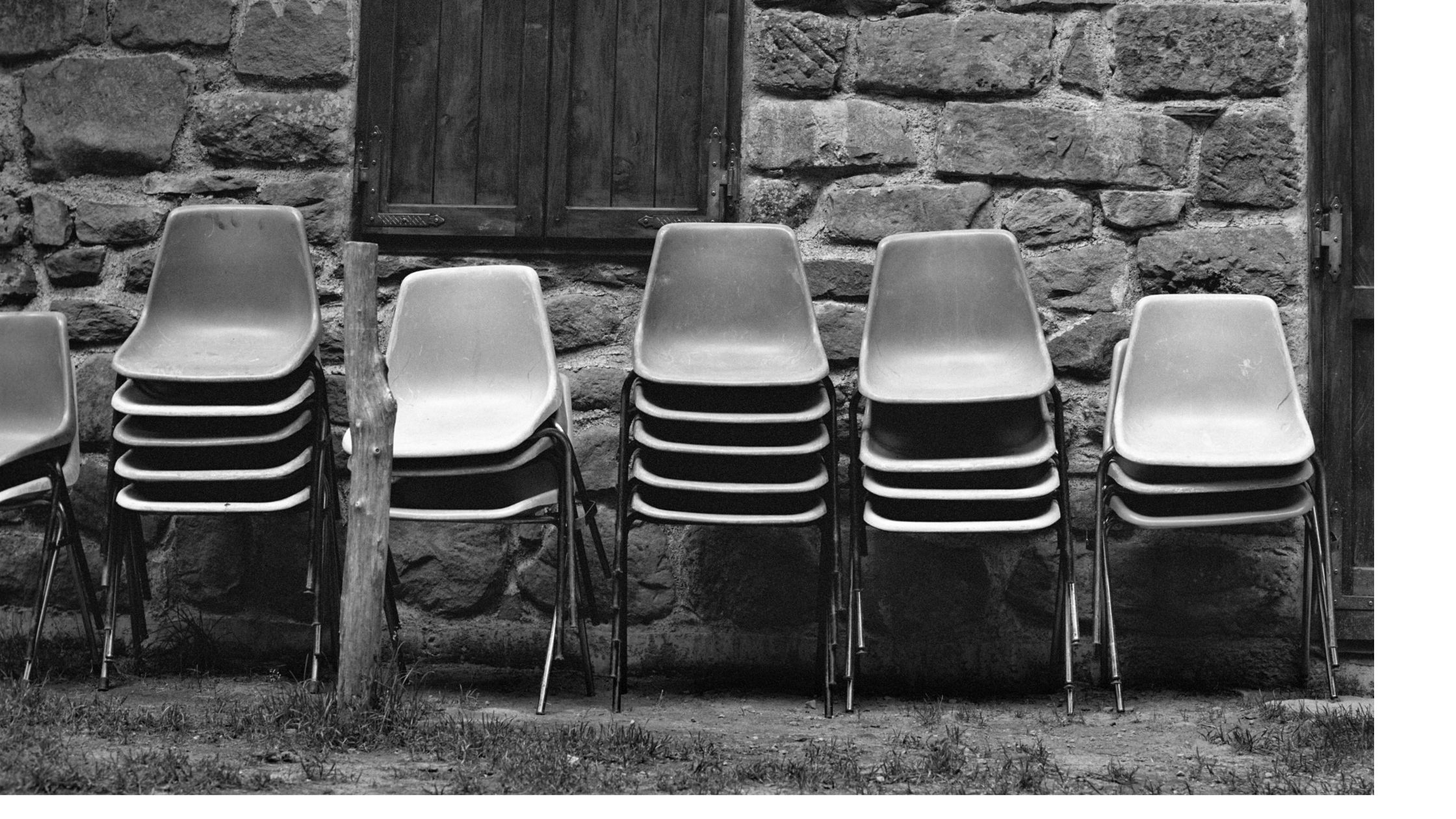Why Do People Stack Chairs?

Have you ever walked into a room after an event and noticed a neat pile of chairs stacked on top of each other? Perhaps you've even participated in the process yourself. While it may seem like a mundane task, there's more to chair stacking than meets the eye. From practicality to symbolism, the act of stacking chairs holds significance in various contexts.
And when you're in need of quality chairs to stack, consider checking out Chairforce.co.nz, a furniture store known for its durable and stylish seating options.
Let's delve into the reasons why people stack chairs and explore the hidden meanings behind this seemingly simple act.
Space Optimisation:
One of the most practical reasons for stacking chairs is to optimise space. In venues where space is limited, such as conference rooms, classrooms, or event halls, stacking chairs allows for efficient storage when they're not in use. By stacking chairs neatly, organisers can free up valuable floor space for other activities or to accommodate a larger crowd.
Ease of Cleaning:
Stacked chairs also facilitate cleaning and maintenance. When chairs are neatly stacked, janitorial staff can easily access the floor for sweeping or mopping without having to navigate around scattered seating arrangements. This contributes to a cleaner and more organised environment, especially in busy event spaces where quick turnovers are necessary between gatherings.
Symbolism of Closure
In certain cultural or ceremonial contexts, the act of stacking chairs can symbolise the conclusion or closure of an event. For instance, after a wedding reception or a graduation ceremony, guests and attendees might join together to stack chairs as a signal that the celebration has come to an end. It serves as a collective gesture of tidying up and marking the conclusion of a significant event or milestone.
Teamwork and Collaboration
Stacking chairs often involves teamwork and collaboration, especially in large venues where numerous chairs need to be stacked efficiently. This collaborative effort fosters a sense of camaraderie among participants as they work together towards a common goal. Whether it's volunteers at a community event or members of a professional team dismantling a conference setup, the process of stacking chairs can promote teamwork and solidarity.
Nostalgia and Tradition
In some communities or organisations, the tradition of stacking chairs may carry a sense of nostalgia or historical significance. It might be a ritual passed down through generations or a tradition unique to a particular group or institution. Even as modern seating options evolve, the act of stacking chairs can serve as a link to the past, preserving cherished customs and memories.
Creative Expression
Believe it or not, chair stacking can also be an artistic endeavour. Some individuals and artists experiment with unconventional ways of stacking chairs to create visually striking sculptures or installations. These creative interpretations challenge conventional notions of balance and form, transforming a mundane task into an opportunity for artistic expression.
In conclusion, the act of stacking chairs goes beyond mere practicality; it encompasses symbolism, tradition, collaboration, and even creativity. Whether it's for space optimisation, cultural significance, or artistic exploration, the simple act of stacking chairs reflects our human propensity for order, community, and innovation. So the next time you find yourself stacking chairs after an event, take a moment to appreciate the deeper meanings behind this seemingly ordinary task.